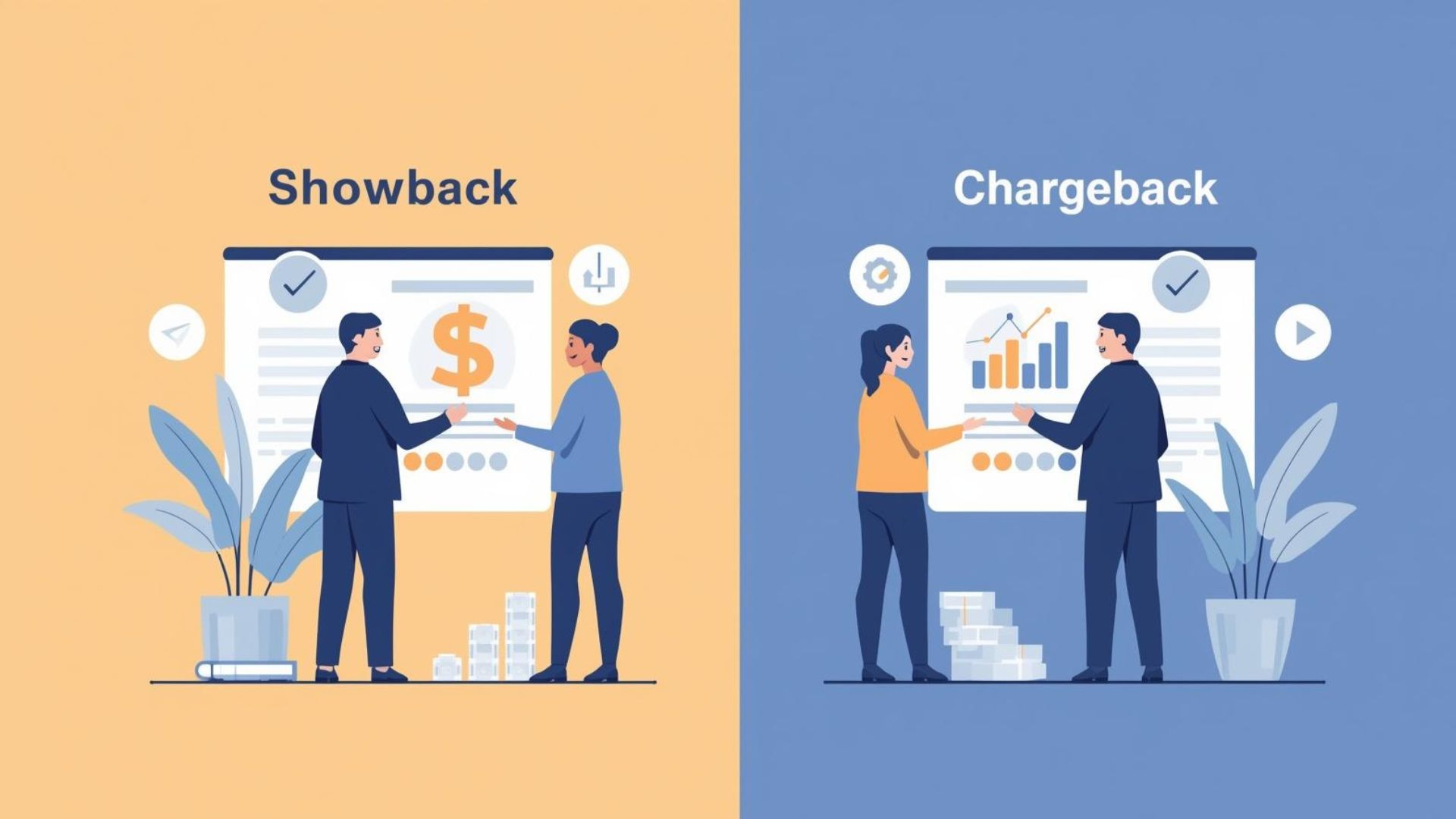Share this:
People have been debating the merits of hybrid cloud for years now – just as they’ve been debating whether cloud or on-prem is superior. But the data shows the debate is settled: everyone is hybrid now, even though we’re all still struggling to manage costs.
Remember when everyone used to argue about whether or not there should be ethanol in fuel?
It doesn’t seem like that long ago when the great debate within vehicle energy was ethanol-based gasoline vs. petroleum-based gasoline. It was a very different divide than today’s bigger-picture questions about electric vehicles.
So what happened? While everyone took sides and debated, car manufacturers started building all cars to accept ethanol-based fuel while fuel pumps started to carry ethanol blends by law. Meanwhile, renewable energy research set it’s sights on other goals. And before you knew it, there wasn’t much of a debate anymore.
Survey Says: We’re All Hybrid Cloud
That’s a lot like what’s happening in IT storage spaces right now. So many people still talk about “cloud vs. on-prem” as if the big question in storage is whether to migrate to the cloud or stick with hardware.
It’s not. Look around – everyone is in a hybrid environment now, mixing some combination of public or private cloud resources, traditional storage, and even hyperconverged or edge infrastructure.
Most cloud-first infrastructures still use some on-prem storage. And even companies who have resisted the cloud are (or soon will be) using cloud resources for at least a fraction of their data.
According to a recent survey, 72% of organizations in the cloud are hybrid cloud users. 69% of enterprise organizations accelerated migration to the cloud between 2021-2022
This trend is expected to continue, with 85% of organizations expected to adopt a “cloud-first strategy” by 2025. In fact, as of 2022, 60% of all corporate data was stored in the cloud.
What about cloud repatriation?
Well, a 2022 survey by the Uptime Institute showed that out of organizations moving applications out of the public cloud, only 6% stopped using public cloud entirely. Overall, 96% of enterprises were found by 451 Research to actively be pursuing hybrid IT strategies in 2022.
Hybrid Infrastructure Does Not Automatically Improve ROI
Here’s the real question: Whether you’re mostly in the cloud, on-prem, or totally hybrid, how will you optimize costs?
Because costs are skyrocketing on every platform.
On the cloud side, CIOs are so afflicted by skyrocketing cloud costs that they think it’s cheaper to pay entire teams to manage cloud costs than to accept the status quo.
The Wall Street Journal cites CIOs describing “a poor return on their cloud investments, with unrealistic expectations around what the technology will cost compared with running data centers forcing them to re-evaluate their cloud plans.”
One yearly survey just showed cloud spending surpassing cybersecurity as the biggest cloud challenge for enterprises – the first time in over ten years that cybersecurity was not the top challenge.
On the other hand, data center costs are expected to jump up across multiple categories in 2023, from construction costs to hardware and staffing expenses. The Uptime Institute found that despite escalating data center costs, “many operators find that keeping workloads on-premises is still cheaper than colocation…or migrating to the cloud.”
Hybrid infrastructures are so common now partly because you can choose the most cost-effective option for each workload.
For example, workloads that require high performance or low latency might be better suited for on-premises storage, while workloads with lower performance requirements might be more cost-effective in the cloud. (In fact, Visual One Intelligence® shows you a direct cost comparison between your cloud and hardware providers for every workload so that you can maximize cost efficiency.)
However, it’s important to note that cost optimization is not just a matter of choosing the right storage option for each workload. It’s also about ensuring that you have a way to centralize management and monitoring across all platforms. This is where vendor-agnostic tools come in handy, as they can help you find and squeeze the most value out of your infrastructure assets (unburdened by the potential biases endemic to vendor tools, which will always be financially motivated to encourage storage purchases).
It’s a Hybrid World, Let’s Make the Most of It
Are you asking questions that needed an answer five years ago – instead of questions that need an answer now? Where you put your storage is less important than how you will optimize it in increasingly decentralized infrastructures.
Just like the ethanol question (which was about what to use) is now a bigger-picture debate about how to reduce harmful emissions, the cloud question (which was about what storage to use) is now a much bigger-picture debate about how to reduce wasted storage assets.
In fact, we talk to infrastructure managers about this every day. We’d love to hear from you, as well – in fact, we’ll buy you coffee.
Bottomline: Whether you’re mostly in the cloud or on-prem (or both), your biggest challenge will be minimizing costs and gaining maximum value. It just looks slightly different in one platform vs. another platform.






